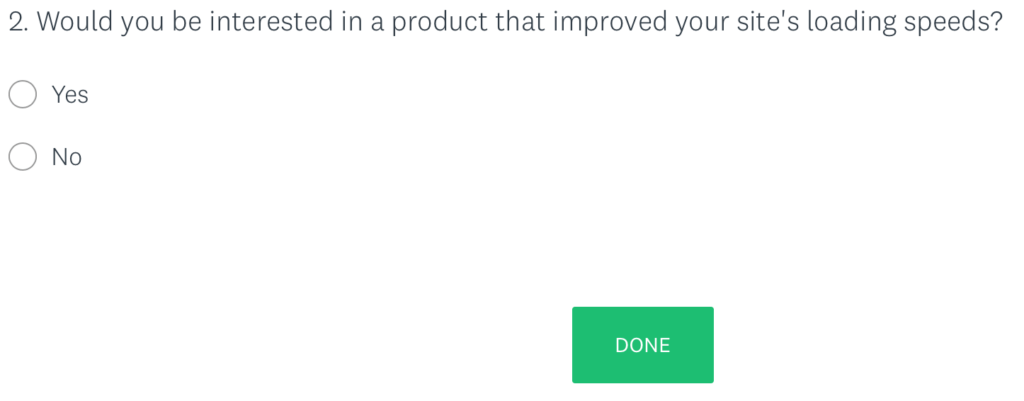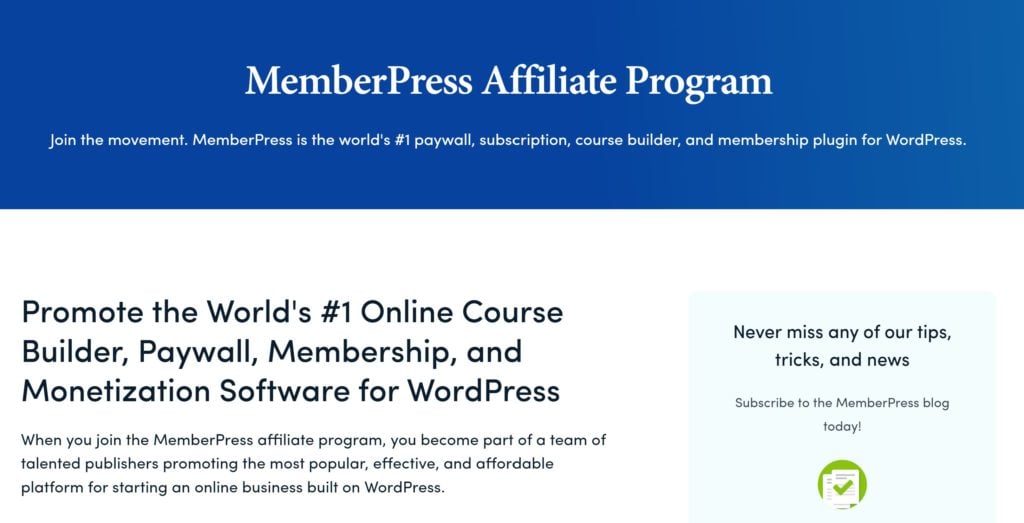For many website owners, blogging has become a full-time career. However, just putting a lot of hours into your work doesn’t necessarily mean you’ll generate an income. In many cases, you'll want to find a way to monetize your blog’s content.
While there are numerous options for making money on your site, affiliate marketing remains one of the most effective. It grants you the opportunity to work with major brands, without any manufacturing or buying responsibility.
Plus, when you’re working with a high-paying network, you'll have the chance to make a decent profit.
In this post, we’ll discuss how an affiliate marketing blog actually works. We’ll also explain how you can use it to start monetizing your blog posts. Let’s get started!
What Affiliate Marketing Is (And Why It’s Important)
Affiliate marketing is the practice of recommending a company’s products or services to your audience, and earning a commission on any resulting sales.
This technique is used across nearly all industries, and the process is similar regardless of what the products or services might be.
Your first step will almost always involve joining an affiliate network. This network will provide you with a unique link for each affiliate item, which you can incorporate into your content.
Therefore, each relevant conversion can be traced back to your promotional efforts, and will earn you a cut of the profits.
One of the major draws of affiliate marketing is that it’s a cost-effective way of starting your own business. It also offers a high level of control over the hours you invest, the companies you work with, and so on.
If you take time to put in the work that's needed, joining an affiliate program can be extremely rewarding.
3 Steps for Monetizing Your Blog Through Affiliate Marketing
In order to reap the benefits of affiliate marketing, you'll need to know how to get started. Let's begin by exploring the three most crucial steps in the process.
Step 1: Establish Your Niche and Target Market
Although it may be tempting to settle for whoever pays the highest commission, it’s important to only work with brands that are a good fit for your blog.
If the product you’re promoting bears no relevance to your other content, it’s unlikely to be successful with your audience. This is why having a clear idea of your site’s niche and target audience is so important.
You’ll need to consider the individual needs of your audience members, and think about what problems they may encounter. You can then begin to establish what kinds of products can provide solutions.
Communicating with your existing audience directly is a particularly efficient way of doing this:

For example, you can try creating user surveys, either through a free tool like SurveyMonkey or a plugin like Formidable Forms.
You could also run polls on your social media profiles. Either way, the goal is to find out what types of products your audience is interested in (and therefore might consider buying if you were to promote them).
Step 2: Find Relevant Affiliate Programs
After establishing what your audience wants to see, you can begin to work out the details.
The easiest way to get started is through an established affiliate network. There are plenty of options, although some have the additional advantage of being tied to a larger company – such as the Amazon Associates program.
You may even find that many of your favorite brands have affiliate programs – such as the MemberPress affiliate program. Joining can take just a few minutes, and we offer 25% recurring commissions on your direct-referred sales:
Promoting products or services you’re already a fan of is a good starting point. You can give a more knowledgeable account of how to use them, and vouch for their quality personally.
It's also worth noting that you can join as many affiliate programs as you'd like, although it's often best to start slow and ramp up over time.
Step 3: Integrate Affiliate Links Appropriately
Once you've chosen at least one affiliate network and product, it’s time to start promoting.
There are many ways to do this, although simply linking out to relevant products within your blog posts is perhaps the most common way to begin.
You can also create entire pieces of content based around affiliate products, such as reviews and features.
However, you should always make it clear that you’re involved in an affiliate program when promoting a product or service through your blog. Failing to do so can result in some nasty legal complications.
It can also come across as dishonest to your readers. It's important to remember that creating great affiliate content is all about being truthful.
Always be factual in your reviews, and give your honest opinions. You'll also want to avoid the “hard-sell” where possible. This will help you protect the integrity of your content – and your business as a whole.
Conclusion
When used effectively, affiliate marketing can help you monetize your blog. It enables you to continue creating content you feel passionate about, while also getting paid for it.
However, to succeed at affiliate marketing, you’ll need to go about it the right way.
In this post, we explored the three steps you’ll need to take to get your affiliate marketing career underway. Let’s go over them once more:
- Clearly define your niche and target market.
- Take the time to research affiliate programs that are relevant to your content.
- Ensure that you integrate affiliate links appropriately on your blog.














I was very helpful after the description of your article. Your article was very beautiful. I bookmarked it. If there is any problem, I will read it again next time